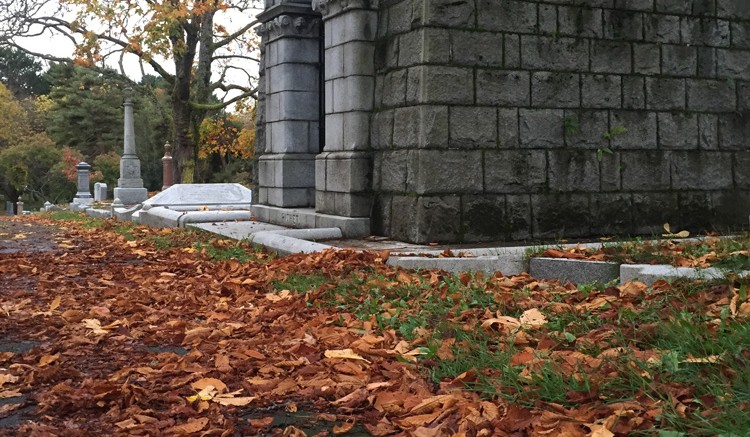Death can be a very ugly thing. With dying comes decomposition, germs, and general grossness. So if you’ve ever seen a serene-looking dead person (or at least a photo of one), they were probably preserved through the art of embalming.
Embalming, despite being generally associated with the tombs of ancient Egypt, is a process used to this day to help preserve the recently deceased through physical and chemical processes.
In ancient Egypt, there were trained priests who would guide the body through the process of mummification, in which they would wrap the body in a cloth and scrape the brain out with a piece of iron.
Embalming in past millennia was often partnered with a cultural significance – Egyptians believed that the soul of the person who had passed on would return to their corpse, thus the attempts to keep it as pristine as possible – but this is not so much the case today. In fact, embalming is banned in both Judaism and Islam, and has no history in Christianity or Buddhism.
So, why do we choose to embalm our loved ones? It remains a matter of personal preference. Some people are embalmed for the sake of having an open casket funeral. Some professional embalmers believe that seeing a loved one post-embalming can actually help initiate the process of grieving.
And guess what: it’s not as creepy as it sounds. Let’s go over the modern-day science and artistry of embalming.
If you have ever watched embalming in a movie, you may assume that it’s more invasive than it actually is.
Organs are, in most cases, not removed. What is removed, however, are bodily fluids, which are usually replaced with a formaldehyde-based solution to preserve cells and prevent deterioration.
Before that, the features of the body must be set. Bodies naturally stiffen after death, and massaging the body slows this process. The face is shaved for both men and women. The body is washed in a disinfectant, and the body is then ready for facial rearrangement.
The eyes are closed with great care, as the eyelids tend to sag. A cotton ball or plastic cap is sometimes used to fix this. The process of sewing eyes shut is a myth, but depending on the nature of the body, the eyelids may be glued down. The mouth and jaw may then be wired shut. This is done by inserting a wire into the mouth with a needle injector, and tying it tightly to ensure the mouth doesn’t drift open.
It is now the embalmer’s job to ensure the body looks as serene and content as possible, and many will consult a photograph of the recently deceased taken during happier times.
The actual embalming process can now begin. Arterial embalming is what gets the body’s blood out and the embalming solution (called formalin) in. The blood is typically removed via the right jugular vein. The formalin is pumped into the body through the arteries, and the embalmer ensures that it spreads throughout the entire body by massaging the body again.
Cavity embalming is the next step. The embalmer will make an incision just over the belly button, and use a sharp object called a trocar to puncture several organs and drain their fluid content. If an embalmer was to forget or ignore this step, many of the gases and fluids drained using the trocar would find their way through the body and expel themselves out of the body’s nose and mouth, in what embalmers call “purging.” Maybe this part actually is as creepy as it sounds. The incision is then closed up with a trocar screw.
At this point, the embalming process for most bodies is over. If the body is severely damaged, extra cosmetic or draining procedures may be used. Usually, however, this is the time when embalmers will wash the body for a final time.
Then the body will be dressed and makeup applied. Makeup is usually applied to all genders in hope that the body will look more vibrant and peaceful. Moisturizer, foundation, and mascara are as important in the process of embalming as trocars and formaldehyde.
The body is now ready for whatever lies ahead.
While some people may think of this process as disgusting or scary, I implore you to think about it as a surgical process that has existed for longer than almost any other. The need to see our loved ones one last time, the desire to look healthy even post-mortem: these feelings connect us to human beings in ancient Egypt and even the people of the Chinchorro culture in 5000 BCE.
Never send to know for whom the bell tolls; it tolls for thee. It wouldn’t hurt to ask yourself what you want to happen to your body afterwards, either.


